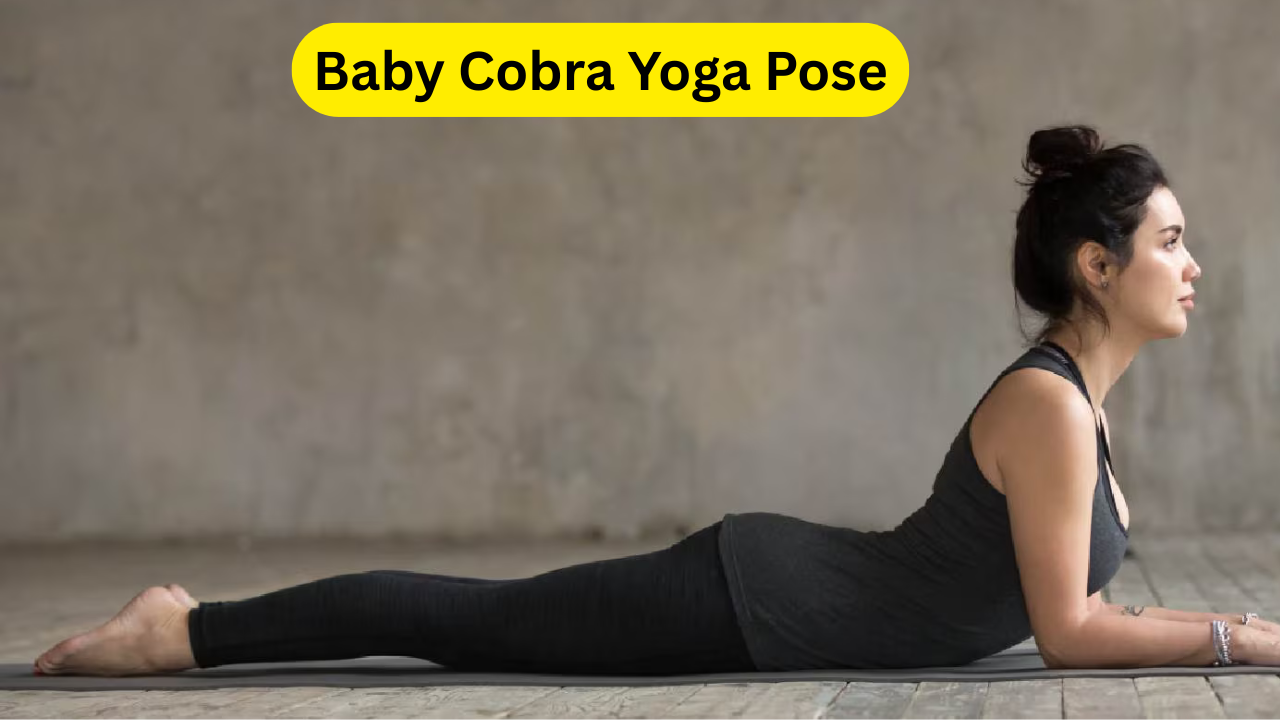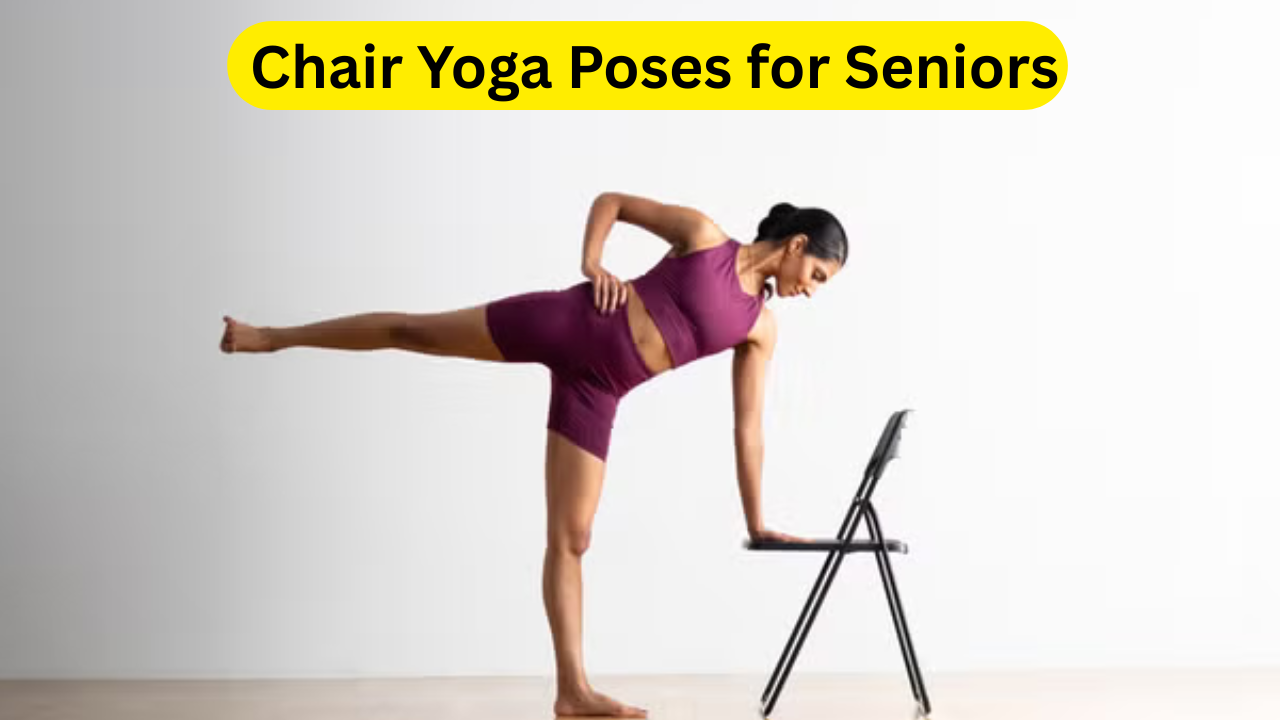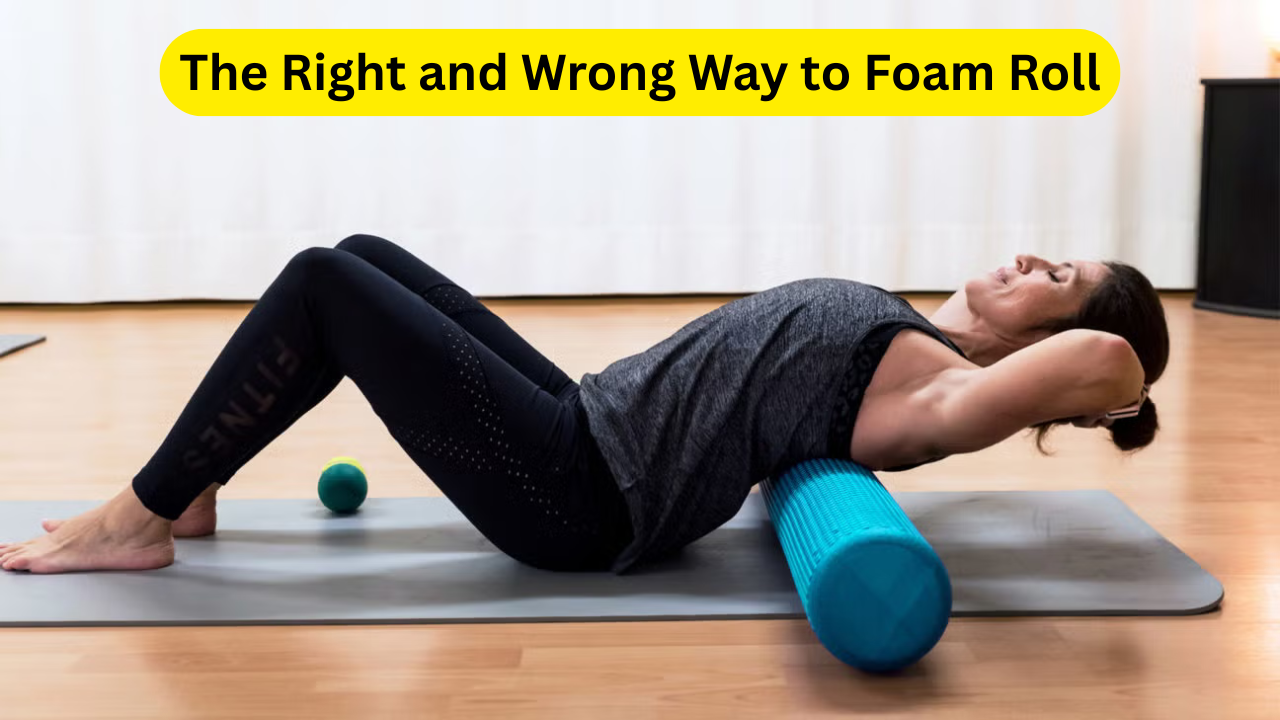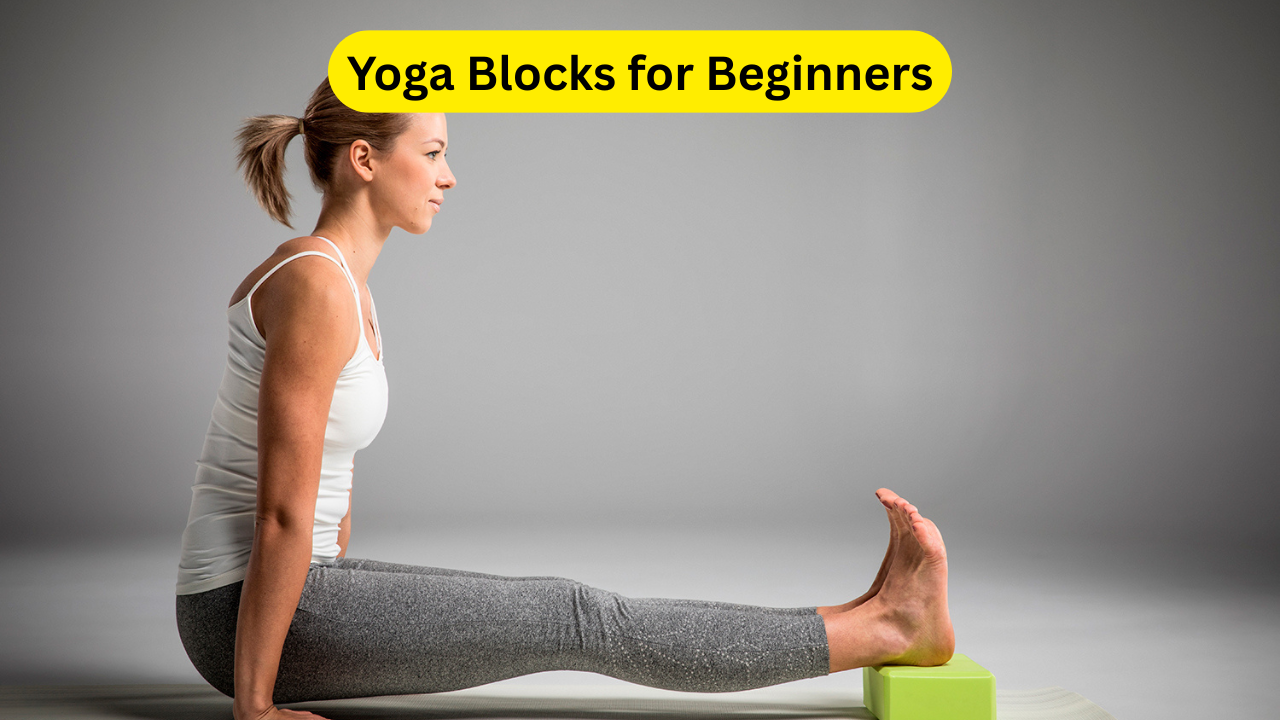Yoga Inversion: Yoga inversion poses, where your head is positioned below your heart, are more than just a fun way to stretch and move your body. These asanas, which might initially feel intimidating, are highly beneficial for improving your physical and mental well-being. Contrary to common belief, not all yoga inversions are complex. There are plenty of beginner-friendly inversion poses that can help you unlock a wide range of benefits. With consistent practice, you’ll find that these poses improve your circulation, flexibility, mood, and even relieve stress.
Inversions, such as the popular Downward-Facing Dog or Legs-Up-the-Wall, involve turning your body upside down and reversing gravity’s effect on your blood flow. This helps in stimulating circulation, allowing oxygen-rich blood to reach the brain and heart more efficiently. For beginners, practicing these inversions at a comfortable pace is key to avoiding injury. As long as you stop if you feel discomfort and listen to your body, yoga inversions can enhance your overall yoga practice and contribute to greater well-being.
Yoga inversion poses aren’t just about challenging your body physically. They have a profound impact on mental health by improving mood and promoting relaxation. The release of endorphins during inversion poses, such as dopamine and serotonin, can elevate your mental state. Additionally, these poses encourage a deeper connection between body and mind. In this article, we will cover the numerous benefits of yoga inversion poses, provide a guide to beginner-friendly poses, and highlight who should avoid certain inversions.
Benefits of Yoga Inversion Poses
Yoga inversions offer a variety of physical and mental benefits that can transform your overall health. Here’s a breakdown of the key advantages:
1. May Reduce Leg Swelling
Yoga inversion poses like Legs-Up-the-Wall (Viparita Karani) can be highly effective in reducing leg swelling. By elevating your legs above the heart, blood flow is redirected towards the heart, helping to alleviate discomfort and reduce swelling caused by fluid retention. This pose is particularly beneficial for those who experience leg fatigue or swelling due to prolonged periods of sitting or standing.
2. Increase Circulation
Inverted poses help promote blood circulation by reversing the typical gravitational pull on your circulatory system. When your legs are elevated or your head is below your heart, blood flow is stimulated from your pelvic area to your heart. This enhanced circulation can improve oxygen delivery to your body and help lower your heart rate, making yoga inversions a useful practice for better cardiovascular health.
3. Improve Mood
Changing your body’s orientation during yoga inversions can elevate your mood and reduce feelings of anxiety. The upside-down position helps to stimulate the release of endorphins, including dopamine and serotonin. These “feel-good” hormones improve your mood, leaving you with a sense of happiness and calmness after your practice. Research supports this, with a 2012 study published in Evidence-Based Complementary and Alternative Medicine showing that inversions can lead to improved mental clarity and emotional well-being.
4. Enhance Flexibility
Yoga in general is known for its ability to increase flexibility. While inversions specifically may not be the most effective for improving flexibility, they still contribute to overall flexibility in the body. A 2023 study published in Plos One found that practicing yoga for 8 weeks significantly improved flexibility in participants. Inversions like Downward-Facing Dog or Plow Pose gently stretch various muscle groups, increasing flexibility over time.
5. Stress Relief
Inversions have a calming effect on the nervous system, helping to alleviate stress and anxiety. By inverting the body, you activate the parasympathetic nervous system, which triggers the body’s relaxation response. Poses like Legs-Up-the-Wall and Standing Forward Bend promote deep breathing and mindfulness, providing stress relief and a sense of mental clarity.
Beginner-Friendly Yoga Inversion Poses
If you’re new to yoga or just starting with inversion poses, here are some beginner-friendly options to incorporate into your practice:
1. Downward-Facing Dog Pose (Adho Mukha Svanasana)
Start on your hands and knees, ensuring that your wrists are aligned with your shoulders and your knees are under your hips. Tuck your toes, lift your hips toward the ceiling, and straighten your legs. Let your head relax between your arms, and hold for 5-10 breaths.
2. Legs-Up-the-Wall Pose (Viparita Karani)
Sit beside a wall and swing your legs up while reclining on the floor. Adjust your body so that your hips are close to the wall. Let your arms rest by your sides and hold the position for 5-10 minutes to promote circulation and reduce swelling.
3. Standing Forward Bend (Uttanasana)
Stand with your feet hip-width apart. Slowly fold forward from your hips, allowing your head to hang toward the floor. If needed, bend your knees slightly. Hold your elbows or let your hands rest on the floor, breathing deeply for 5-8 breaths.
4. Bridge Pose (Setu Bandhasana)
Lie on your back with your knees bent and feet flat on the floor. Press your arms and feet into the ground as you lift your hips toward the ceiling. Hold for 5 breaths before lowering your hips back down.
5. Happy Baby Pose (Ananda Balasana)
Lie on your back and bring your knees toward your chest. Hold the outer edges of your feet with your hands, pushing your feet toward the ceiling. Rock gently from side to side and hold for 5 breaths.
6. Plow Pose (Halasana)
Lie flat on your back with your arms at your sides. Raise your legs straight up toward the ceiling, then gently lower them behind your head. For added support, place your hands on your lower back. Hold for five breaths before returning to the starting position.
7. Supported Shoulder Stand (Salamba Sarvangasana)
Lie on your back and place a folded blanket under your shoulders for support. Lift your legs straight up and use your hands to support your lower back. Keep your elbows on the ground and hold for five breaths before gently lowering your legs.
8. Rabbit Pose (Sasangasana)
Begin in a kneeling position, sitting back on your heels. Place the top of your head on the mat and reach back with your hands to grasp your heels. Lift your hips slightly and hold for five breaths to stretch your back and neck.
9. Dolphin Pose (Ardha Pincha Mayurasana)
Start in a tabletop position, then lower your forearms to the ground. Tuck your toes and lift your hips, mimicking Downward-Facing Dog. Hold for 5-8 breaths while pressing your forearms into the floor.
10. Wide-Legged Forward Fold (Prasarita Padottanasana)
Stand with your feet wide apart and your toes angled slightly inward. Bend at your hips, bringing your torso forward and placing your hands on the floor. Let your head drop toward the floor and breathe deeply for 5 breaths.
Click Here: Parshvakonasana: The Ultimate Side Angle Pose for Better Health 2025
Who Should Avoid Yoga Inversion Poses?

While yoga inversion poses offer a wide range of benefits, they may not be suitable for everyone. Certain groups of people should avoid or modify inversions:
- Hypertension: Inversions, such as Plow Pose or Downward-Facing Dog, may increase blood pressure, so those with hypertension should avoid them.
- Glaucoma: Inversions can increase ocular pressure, so individuals with glaucoma should refrain from poses that invert the head, like Downward-Facing Dog and Plow Pose.
- Pregnancy: Poses that compress the abdomen, such as Rabbit Pose, should be avoided during pregnancy. Always consult with a healthcare provider before practicing yoga during pregnancy.
- Neck, Shoulder, or Back Injuries: Inversions can place stress on the neck, shoulders, and back. People with injuries to these areas should avoid poses like Plow Pose.
- General Injuries: Those recovering from injuries or surgeries should proceed with caution when practicing inversions. Always seek advice from a yoga instructor to ensure proper form and alignment.
Also Read: MG Windsor EV 2025: 500km Range, Next-Gen Luxury & Futuristic Features
Yoga Inversion Conclusion
Yoga inversion poses are an excellent way to challenge your body, enhance your circulation, and boost your mood. These poses, which involve turning the body upside down or elevating the legs, offer a variety of physical and mental health benefits. Whether you’re seeking to reduce leg swelling, increase flexibility, or promote relaxation, incorporating inversion poses into your practice can have a transformative effect.
For beginners, starting with simple inversion poses like Downward-Facing Dog, Legs-Up-the-Wall, and Bridge Pose will allow you to build strength and confidence. By practicing inversions regularly and listening to your body, you can enjoy the long-term benefits of improved circulation, reduced stress, and enhanced flexibility.
However, it’s important to practice inversions mindfully and with proper alignment to avoid injury. If you’re new to yoga inversions, consider working with an experienced instructor who can guide you safely through the poses. With consistency and patience, yoga inversions can be a powerful addition to your yoga routine and contribute to greater physical and mental well-being.
Yoga Inversion FAQs
1. What are the benefits of practicing yoga inversion poses? Yoga inversion poses can improve circulation, reduce leg swelling, boost flexibility, enhance mood by releasing endorphins, and help alleviate stress. These poses can also strengthen your core, improve balance, and promote relaxation.
2. Can I practice yoga inversions every day? While yoga inversions can be practiced regularly, it’s important to give your body time to adjust. Start with 2-3 times a week, and gradually increase frequency as your body becomes more accustomed to the poses. Always listen to your body and stop if you feel discomfort.
3. Are there any risks associated with yoga inversion poses? Yoga inversion poses can be risky for people with certain conditions like hypertension, glaucoma, or neck/back injuries. It’s essential to practice with proper alignment and avoid poses that may exacerbate your condition. Always consult a healthcare provider if you’re unsure whether inversions are suitable for you.
4. How do I know if a yoga inversion is right for me? If you’re new to inversions, it’s important to start slow and practice with beginner-friendly poses. Pay attention to how your body feels during and after each pose. If any inversion causes discomfort or pain, stop and consult a yoga instructor for guidance.
5. Can yoga inversions help with back pain? Yes, some yoga inversion poses, like Legs-Up-the-Wall and Bridge Pose, can help reduce back pain by improving circulation, reducing tension, and promoting spinal alignment. However, if you have severe back issues, consult a healthcare provider before practicing inversion poses.







